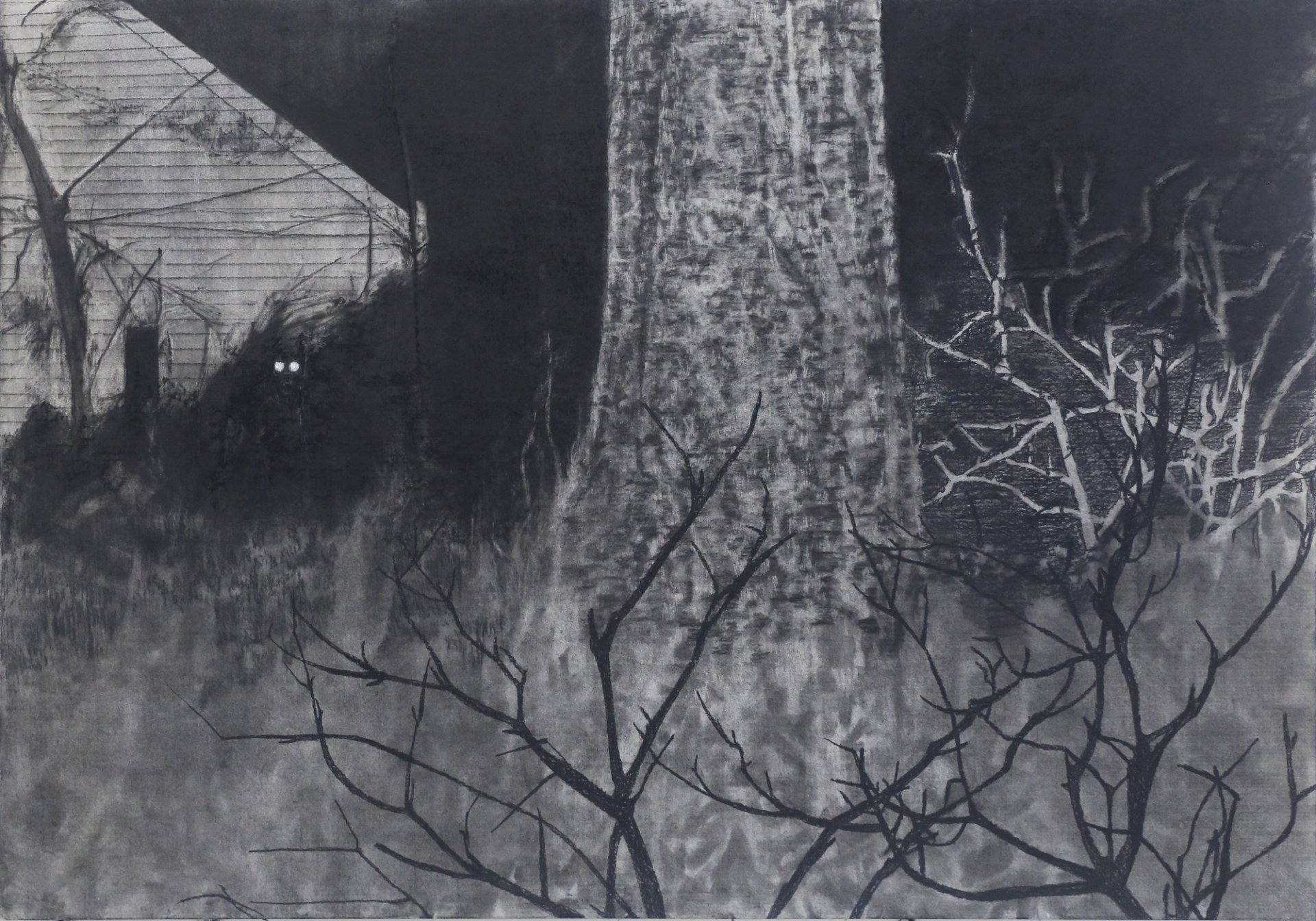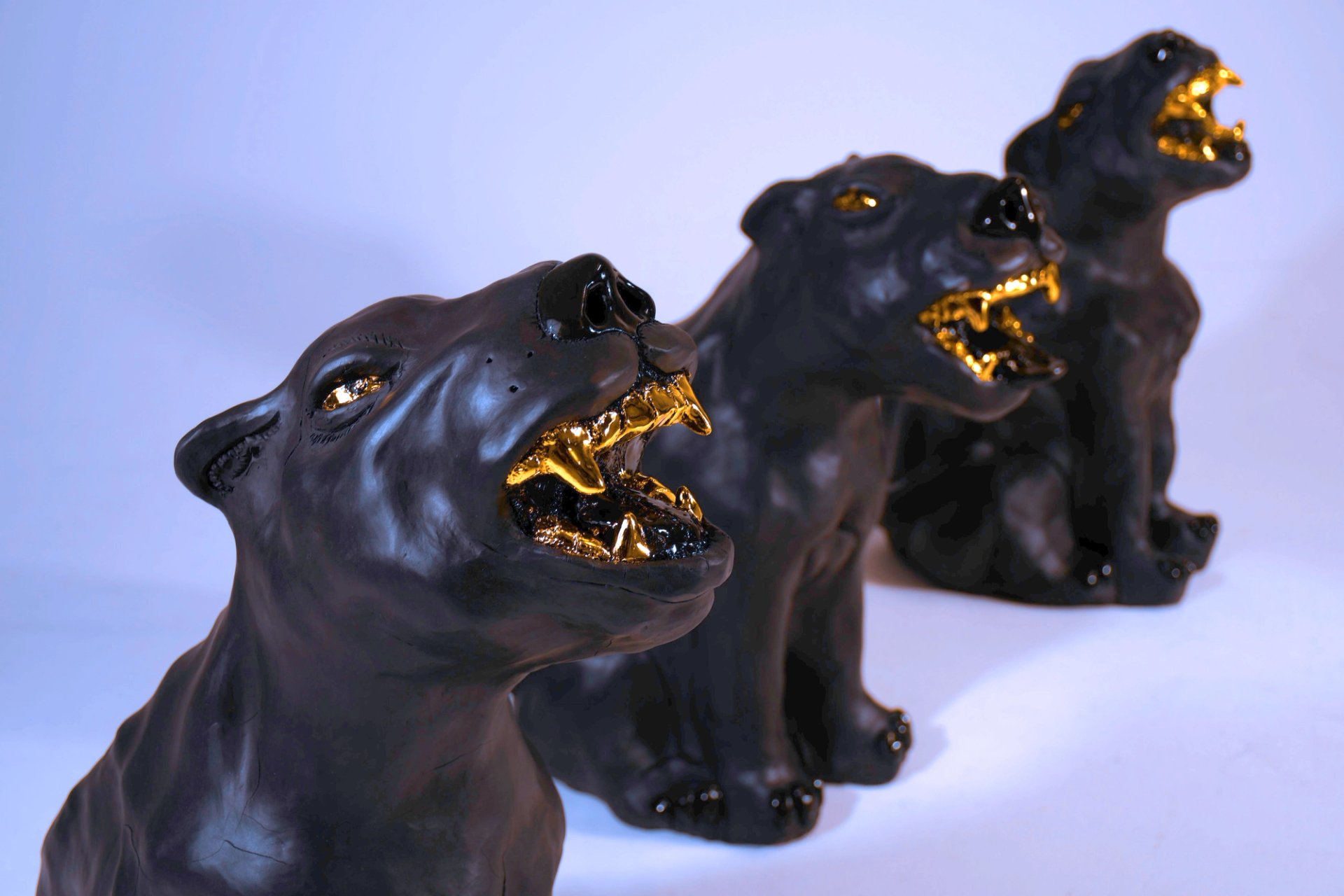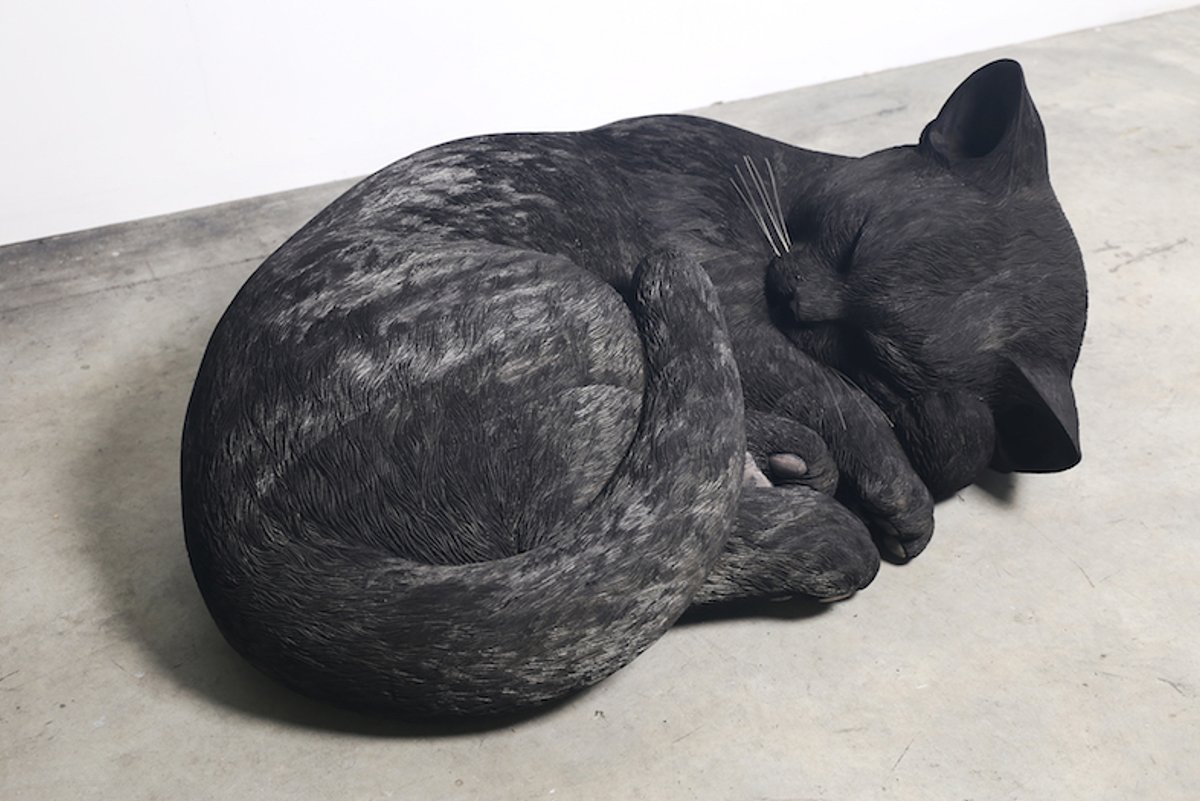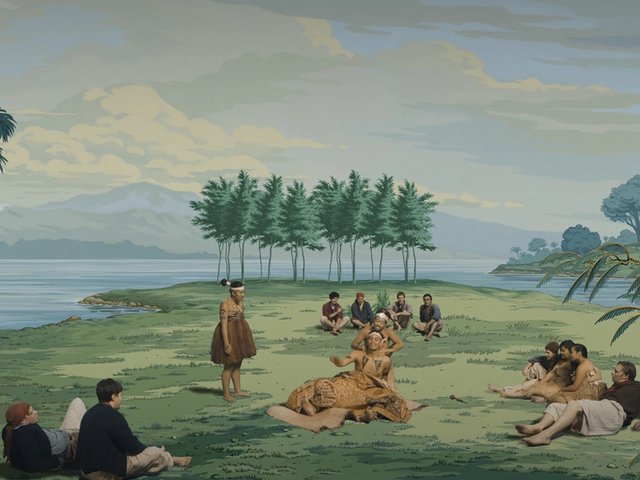Black panthers are found wild only in Africa, Asia and South America. So why have so many people claimed to have seen them in Penrith, a heavily urbanised city 34 miles west of Sydney?
Penrith Regional Gallery decided to explore the century-old myth of the ‘Penrith panthers’ in a new exhibition that opened earlier this month, titled Spot the Difference (until 16 February 2025). The project gained urgency when the gallery director himself, Toby Chapman, spotted something so strange that he rushed to capture it on his phone.
It was November 2020 and Chapman, who had moved to Penrith only months before, was in the suburb of Emu Plains. “I went to the local corner shop, picked up a sandwich and sat down in the closest park,” Chapman tells The Art Newspaper.
“I saw something that was certainly bigger than a domestic cat. I had the foresight to pull my mobile out and take a quick video. And from there, my imagination really took over.”
What did Chapman believe he saw? “I think it was, probably, let’s call it a feral cat,” Chapman says. “It was an oversized creature. It had a way of moving that didn’t register for me as if it was a domestic animal at all. It loped into the undercroft of a tree and loped its way out again. It seemed to move slowly, but with a kind of intention. I’ve got a little cat at home. It certainly wasn’t moving like that.”

Anna Louise Richardson, Trespasser (detail from On the hunt, 2017) Image: courtesy of the artist
Theories as to how panthers might have come to roam wild through Penrith and the nearby Blue Mountains include that the animals escaped from circuses, or are descendants of abandoned army mascots.
In 2013, a government inquiry into the claimed sightings found there was “no conclusive evidence that wild cats exist in New South Wales”.
But the myth still flourishes west of Sydney and sightings, now numbering more than 500, have dramatically increased in the past 25 years, according to the gallery.
Artists who have made work for the exhibition include Abdul-Rahman Abdullah, whose sculpture, Big Cat, is “a beautiful domestic cat curled up, sleeping and calm, but scaled up to apex predator size”, the artist says.
Anna Louise Richardson’s drawing, On the Hunt, taps into the haunting and unforgiving nature of the Australian bush, as described in Joan Lindsay’s 1967 novel Picnic at Hanging Rock or Frederick McCubbin’s 1886 canvas, Lost.

Billy Bain, From The Area (2024)
The artist Billy Bain’s statement says his black ceramic panthers are “a metaphor for himself as a Dharug Indigenous man; often difficult to spot in plain view, camouflaging in the shadows but resolute, strong and present”.
The show features the work of 18 Australian artists. Chapman says the idea of the panther as “an introduced species in a native land” had metaphorical echoes in the settlement of the Penrith area by white people from 1803.





